
Starting June 1st, 2023 Our warehouse fee will be $0.65/cubic foot per month
In effort to lower the warehouse storage fee during inflation, we have went narrow aisle racking.This construction took us four months but the project is finally completed. With narrow aisle racking, we are able to drop storage by 24%.We as partners will go through this inflation together.
08/25/2024
In today's landscape, the imperative of sustainability and the pursuit of a greener future have assumed paramount importance across all sectors. This significance is particularly pronounced within the realm of warehousing and fulfillment logistics, which occupy a pivotal position in the global supply chain. The logistics industry, by nature, grapples with distinctive hurdles stemming from its substantial energy consumption, waste production, and transportation-related emissions.
Yet, within these challenges lie considerable opportunities to adopt strategies that not only mitigate environmental harm but also bolster operational efficiency. This piece delves into actionable steps that companies can take to imbue their warehouse operations with eco-friendliness. By embracing such measures, businesses stand not only to advance the cause of sustainability but also to realize substantial cost savings.
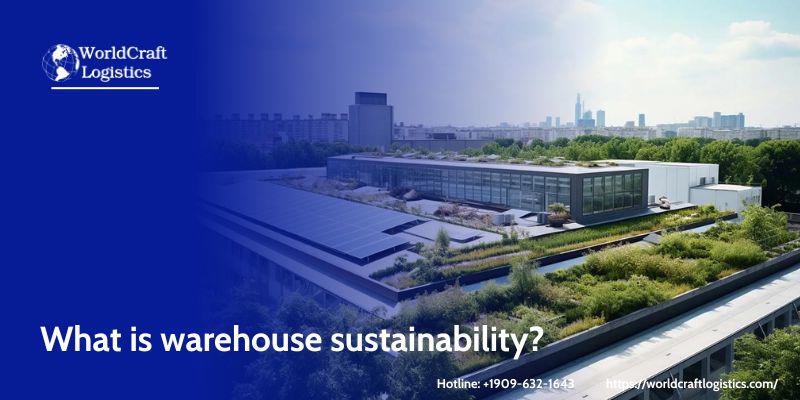
Warehouse sustainability entails running warehouses in an environmentally friendly manner, incorporating elements such as energy-efficient lighting, solar power, and waste reduction initiatives. Its aim is to mitigate environmental harm, preserve resources, and promote social responsibility.
However, sustainable warehouse operation offers more than just ecological benefits. When effectively implemented, it can slash energy expenses by as much as 20% and cut down waste disposal charges through improved recycling and reusing tactics. Moreover, by adopting inventory management systems that enhance efficiency, businesses can curtail excess stock, thereby reducing the space and resources required for storage.
Energy efficiency stands as a pivotal factor in the realm of sustainable warehousing. Incorporating LED lighting or solar panels holds the potential to drastically reduce energy costs and minimize carbon emissions.
Moreover, waste reduction and storage efficiency emerge as crucial considerations. By repurposing shipping materials, adopting innovative packaging techniques, and streamlining inventory management to prevent overstocking, substantial enhancements in both areas can be achieved.
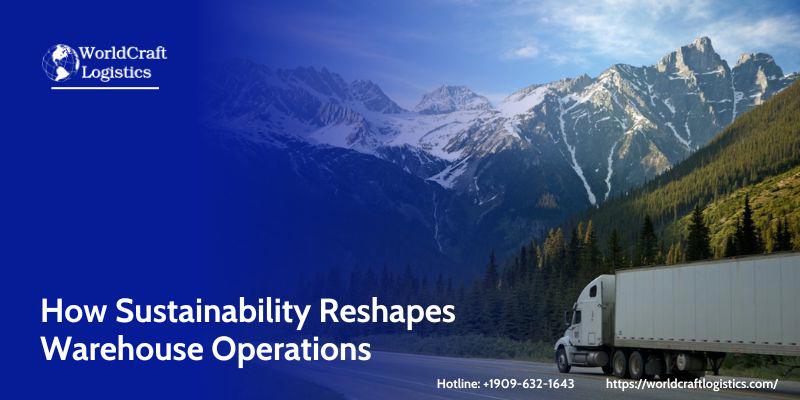
Sustainable practices yield extensive advantages for warehouse operations:
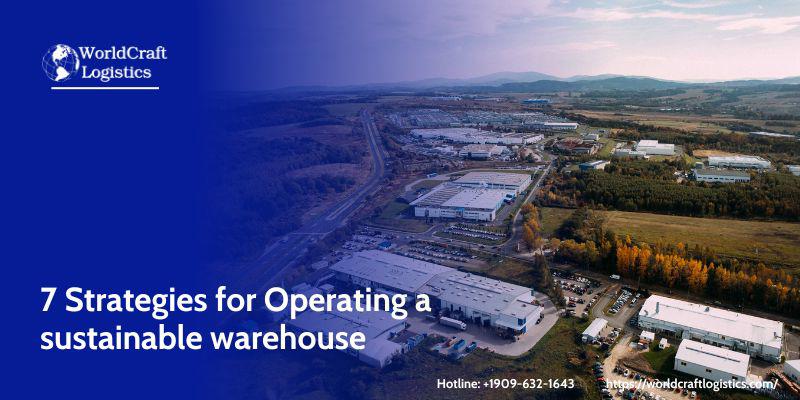
Choosing environmentally conscious shipping methods constitutes a pivotal aspect of fostering sustainable warehouse management. Nevertheless, various additional elements play a role in promoting eco-friendly principles.
Delve into these 7 suggestions for advancing towards a greener warehouse operation:
Transitioning to energy-efficient systems and embracing renewable energy within warehouses is imperative for fostering sustainability. The implementation of LED lighting and solar panels is highlighted not only for its capacity to significantly diminish energy expenses but also for its contribution to shrinking carbon emissions.
Furthermore, contemplate the adoption of energy-efficient HVAC systems and the utilization of smart thermostats as additional measures to curtail expenses.
Ecommerce enterprises striving for sustainable warehousing can embrace eco-conscious packaging such as cornstarch or mushroom materials to diminish landfill accumulation. Furthermore, streamlining package dimensions minimizes extraneous material consumption and shipping carbon footprints.
Regarding recycling initiatives, the establishment of a comprehensive system is paramount. It's imperative to institute multiple, clearly labeled recycling hubs across the warehouse to streamline the effective segregation of materials like cardboard, plastic, and metal. Encourage suppliers and logistics collaborators to engage in a take-back initiative, facilitating the return of packaging materials for either reuse or recycling purposes.
Advanced energy monitoring systems can significantly enhance energy use and management. These smart systems can analyze energy consumption patterns and make real-time adjustments to improve efficiency.
Pair these systems with renewable energy sources like solar panels to minimize the environmental impact of warehouse operations.
In the quest to enhance the efficiency of your warehouse's arrangement and structure, the initial stride entails conducting a meticulous warehouse audit. This entails cataloging your inventory, noting its placement, and gauging its frequency of retrieval.
Crafting a strategic layout holds the potential to notably curtail energy expenditure. By organizing the warehouse to shorten the travel distance for frequently accessed items, operational processes can be streamlined while concurrently diminishing energy consumption.
Additionally, delineating zones within the warehouse for distinct activities serves to optimize energy utilization for lighting, heating, and cooling, tailored to real-time requirements.
Green roofing systems, renowned for their enhanced insulation, promotion of biodiversity, and efficient stormwater management, are gaining momentum. Take, for instance, the Ford Dearborn Truck Plant, home to one of the globe's largest green roofs.
Beyond merely enhancing energy efficiency with its insulating capabilities, a green roof serves as a crucial tool in addressing the issue of stormwater runoff, particularly prevalent in expansive facilities. Studies show that these systems can slash a building’s cooling load by as much as 70%, making them a formidable asset in sustainable architecture.
Employing dynamic routing software represents an advanced approach in curtailing carbon emissions stemming from logistics activities.
WorldCraft, for instance, employs automated order routing to direct shipments to the closest distribution centers, thus expediting delivery and diminishing the distance covered in the final leg.
Additionally, shipping giants like UPS leverage the ORION system to optimize delivery routes. ORION assesses numerous route possibilities in real-time, pinpointing the most efficient paths for delivery vehicles.
Such strategies not only slash fuel consumption but also mitigate the overall carbon footprint of delivery operations.
Cutting-edge inventory management methods, exemplified by Just-in-Time (JIT) inventory, optimize operations and cut down on waste. This strategy slashes surplus stock, economizes space, and promotes energy conservation, highlighting a warehouse management approach that's both efficient and environmentally aware.
This streamlined approach not only trims expenses related to storage, insurance, and taxes but also bolsters cash flow by freeing up capital previously invested in inventory.
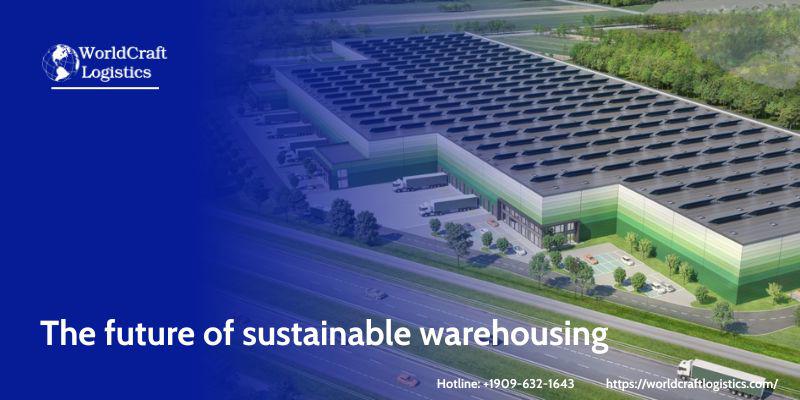
In our perspective, the future of warehousing undeniably leans towards sustainability. As we expand our warehouses and fulfillment centers, integrating eco-friendly practices into every facet of our operations isn't just advisable—it's imperative for our continued success and expansion.
The drive toward environmentally conscious operations is spurred by a combination of consumer preferences, regulatory mandates, and financial incentives. In the United States, for instance, the Environmental Protection Agency (EPA) mandates that facilities, including warehouses, annually disclose their greenhouse gas (GHG) emissions through the Greenhouse Gas Reporting Program (GHGRP).
At WorldCraft Logistics, our primary focus is on seamlessly integrating green logistics into the core of our operations. Whether it's through eco-friendly packaging alternatives, carbon-neutral shipping methods, or our innovative warehouse management system (WMS), our endeavors in transforming the supply chain are holistic and forward-looking.
We utilize cutting-edge sustainable technologies and methodologies, ranging from energy-efficient warehouse designs to sophisticated recycling systems, not only to meet regulatory obligations but also to set a precedent within the industry.
In the interconnected landscape of modern business, collaboration emerges as the linchpin for sustainable progress. Recognizing this, forward-looking enterprises are forging strategic partnerships with suppliers, customers, and even rivals.
Such alliances facilitate the exchange of best practices, drive the development of eco-friendly technologies, and advocate for favorable regulatory frameworks. Without these collaborative efforts, the journey towards substantial sustainability gains becomes an arduous endeavor.
Through shared resources and synergistic expertise, companies can expedite the implementation of environmentally responsible practices, charting a collective path towards a greener future.
Embracing eco-friendly commerce not only benefits the environment but also bolsters the financial health of online retail enterprises. Transitioning towards sustainable methodologies, such as waste reduction and energy optimization, directly correlates with diminished operational expenditures, consequently enhancing profit margins in the long run.
Moreover, prioritizing sustainability enhances the reputation of a brand. Present-day consumers are increasingly drawn to companies that pledge allegiance to environmentally conscious principles. In fact, a noteworthy 55% of consumers express readiness to pay a premium for eco-friendly brands. By harmonizing business practices with these values, firms can tap into a burgeoning market segment, fortify customer allegiance, and potentially command premium prices.
In essence, integrating sustainable protocols delivers a twofold benefit: it curtails costs while elevating a company’s standing in the competitive landscape. This harmonization not only resonates with a wider customer demographic but also fosters long-term financial resilience and expansion.
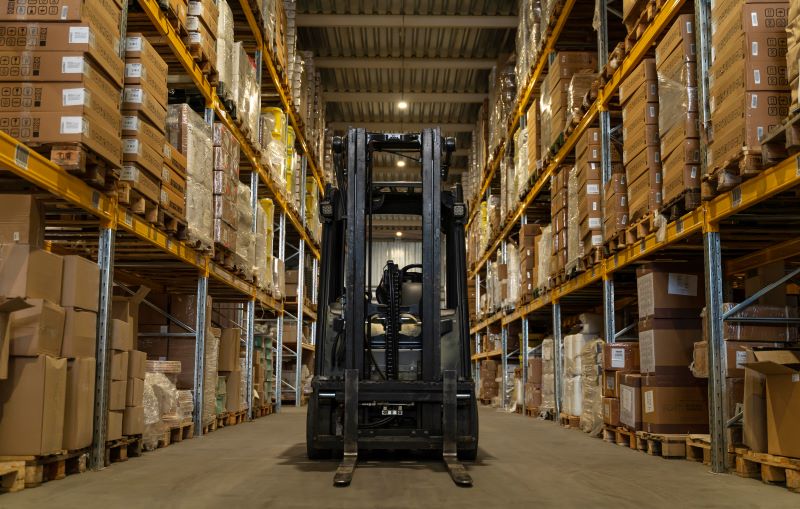
Operating a warehouse poses significant challenges for ecommerce enterprises. Balancing its management alongside efforts to enhance sustainability is no small feat.
Enter WorldCraft, offering a solution tailored to sustainable warehousing, simplifying operations for ecommerce firms. Through the integration of cutting-edge technologies and methodologies, WorldCraft empowers businesses to reduce their ecological footprint without compromising operational efficiency.
WorldCraft's sustainability strategy is deeply entrenched in technological innovation. Utilizing advanced systems and software enables the company to optimize operations, thereby diminishing waste, enhancing efficiency, and mitigating environmental impact.
Key tactics employed by WorldCraft include:
WorldCraft Logistics’ commitment to sustainability extends beyond the adoption of green technologies. We do our best to actively provide resources and guides to help businesses run greener ecommerce operations.
But it doesn’t end there. WorldCraft Logistics’ commitment to eco-friendly fulfillment extends to how we recycle during the receiving process, how we optimize shipping box selection, and how we split inventory across multiple locations.
Establishing the appropriate infrastructure and cultivating partnerships requires a significant investment of time, capital, and unwavering commitment.
WorldCraft Logistics recognizes the pivotal role our sustainability endeavors play in shaping the public perception of our ecommerce collaborators and influencing the overall environmental landscape.
It is this understanding that propels our steadfast dedication to fostering alliances and implementing cutting-edge systems that resonate with our eco-conscious principles.
SEO
Digital Marketing/SEO Specialist
Simon Mang is an SEO and Digital Marketing expert at Wordcraft Logistics. With many years of experience in the field of digital marketing, he has shaped and built strategies to effectively promote Wordcraft Logistics' online presence. With a deep understanding of the logistics industry, I have shared more than 500 specialized articles on many different topics.
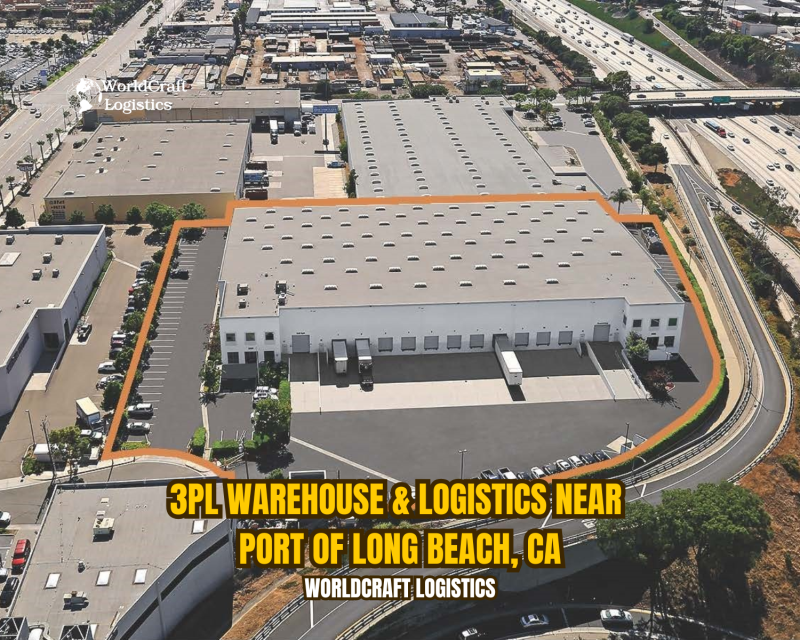
Warehouse
12/30/2024
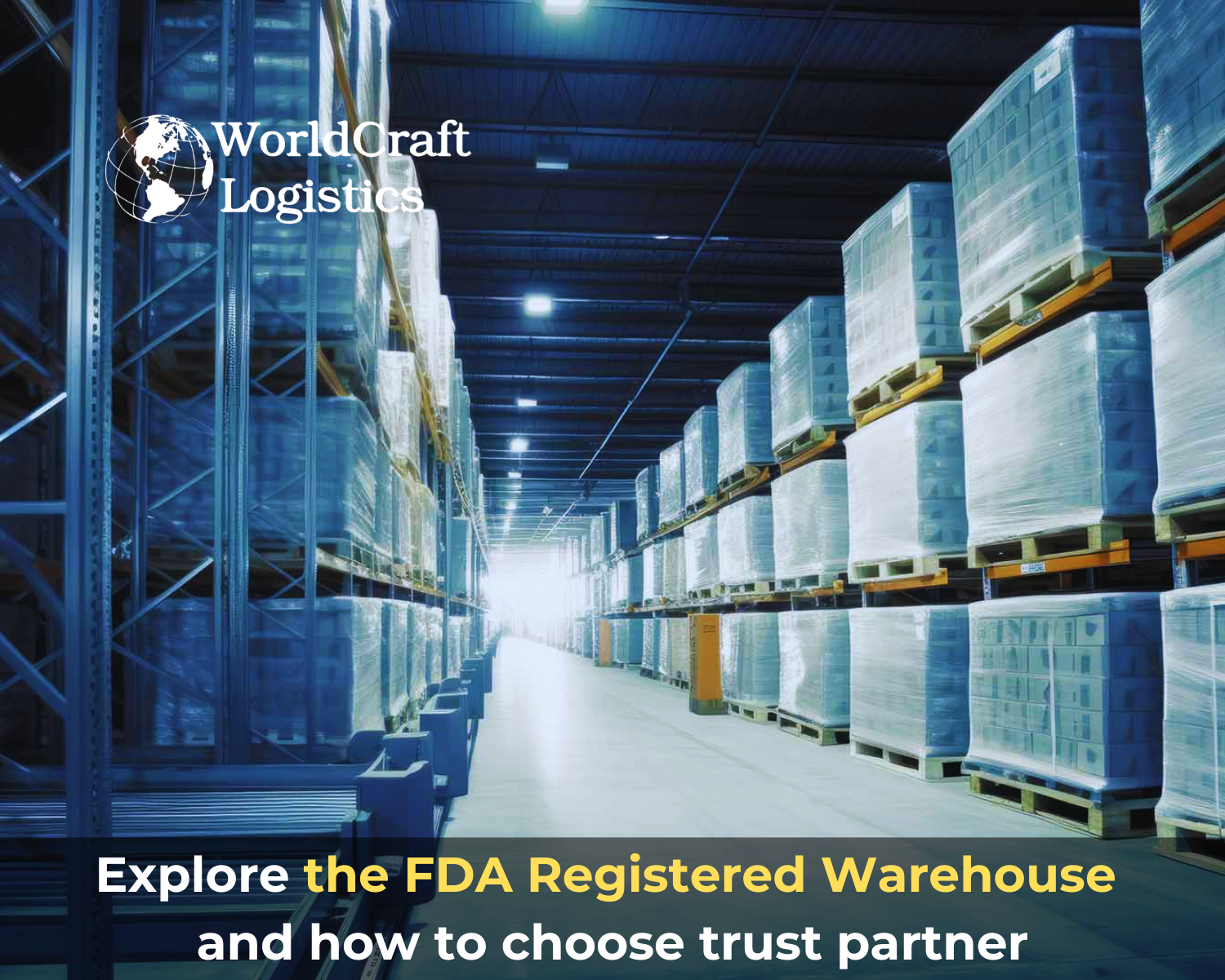
Warehouse
06/16/2024
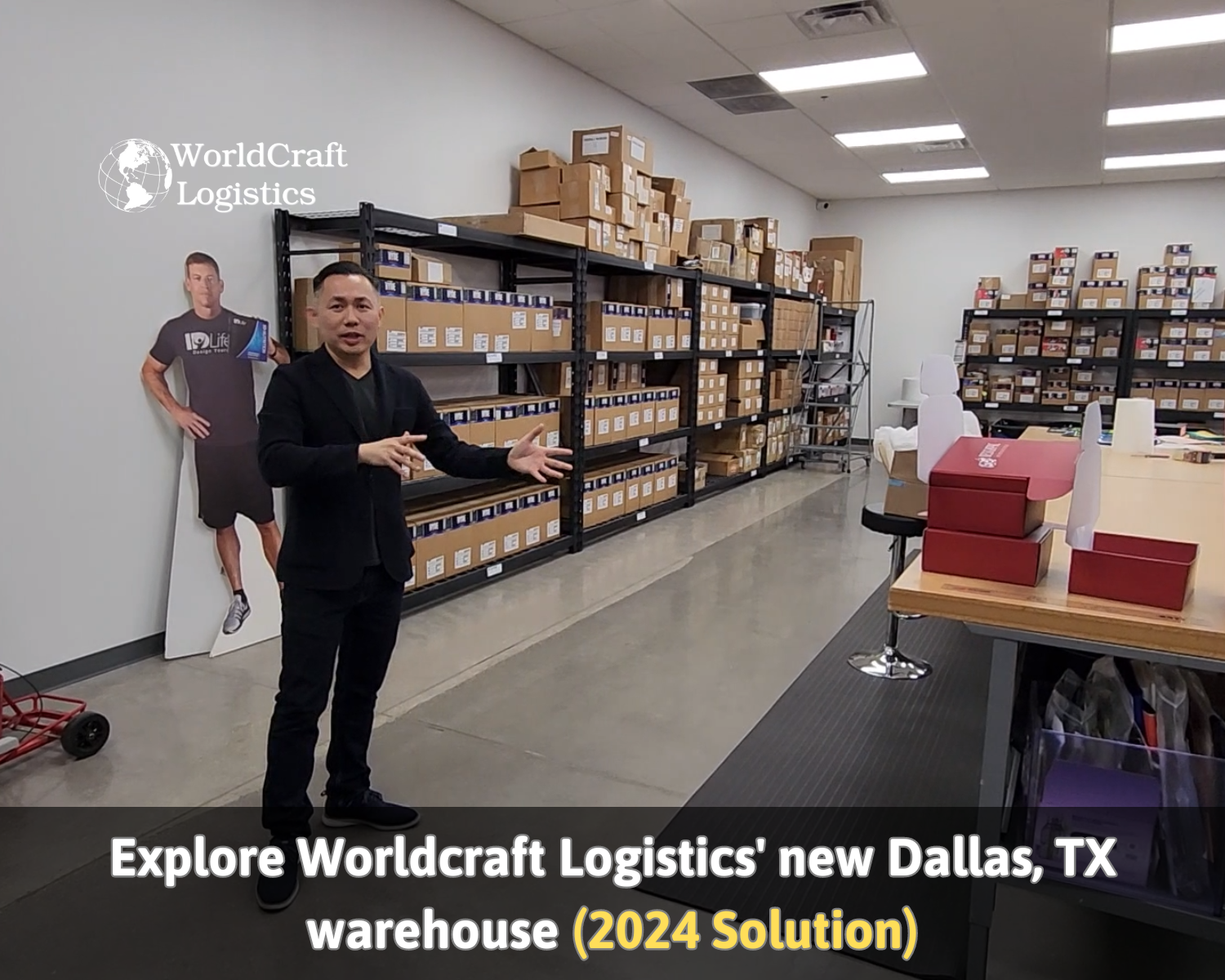
Warehouse
03/03/2024
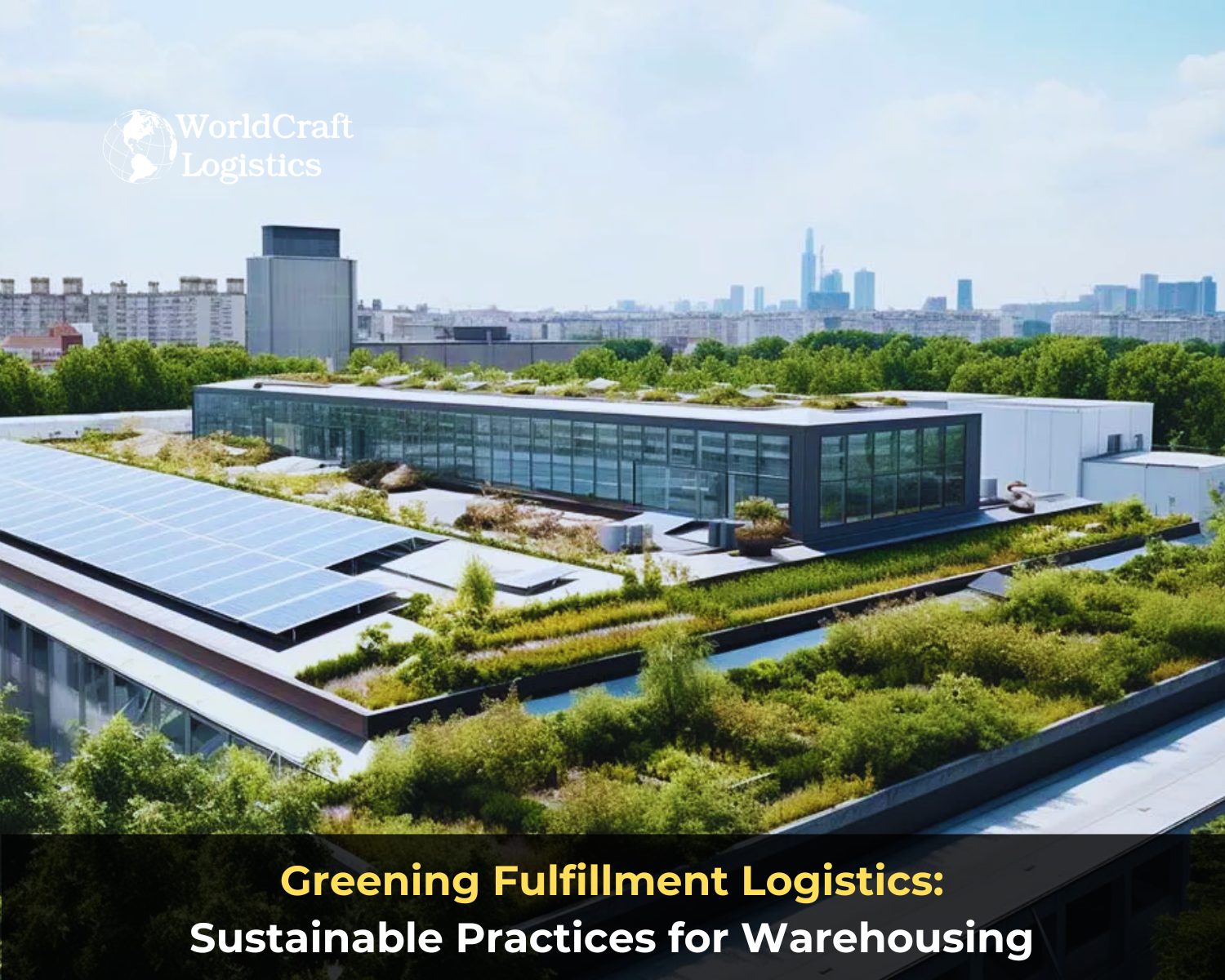
Warehouse
08/25/2024
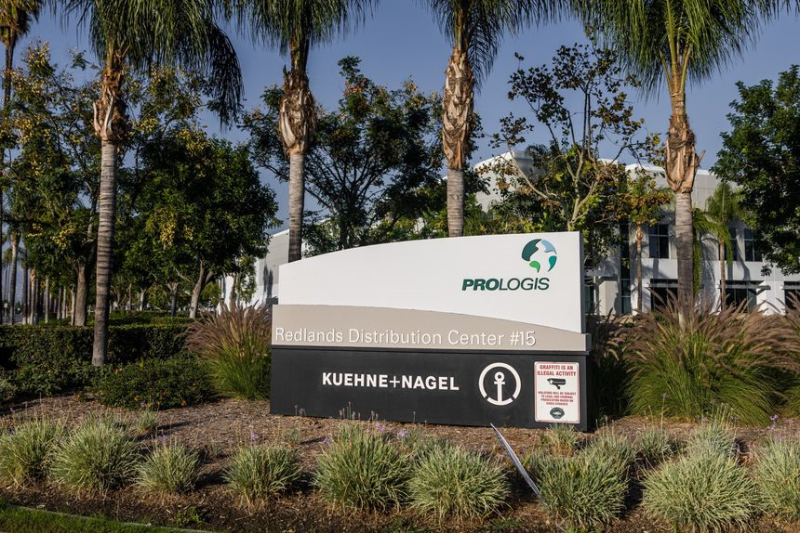
Warehouse
02/20/2023